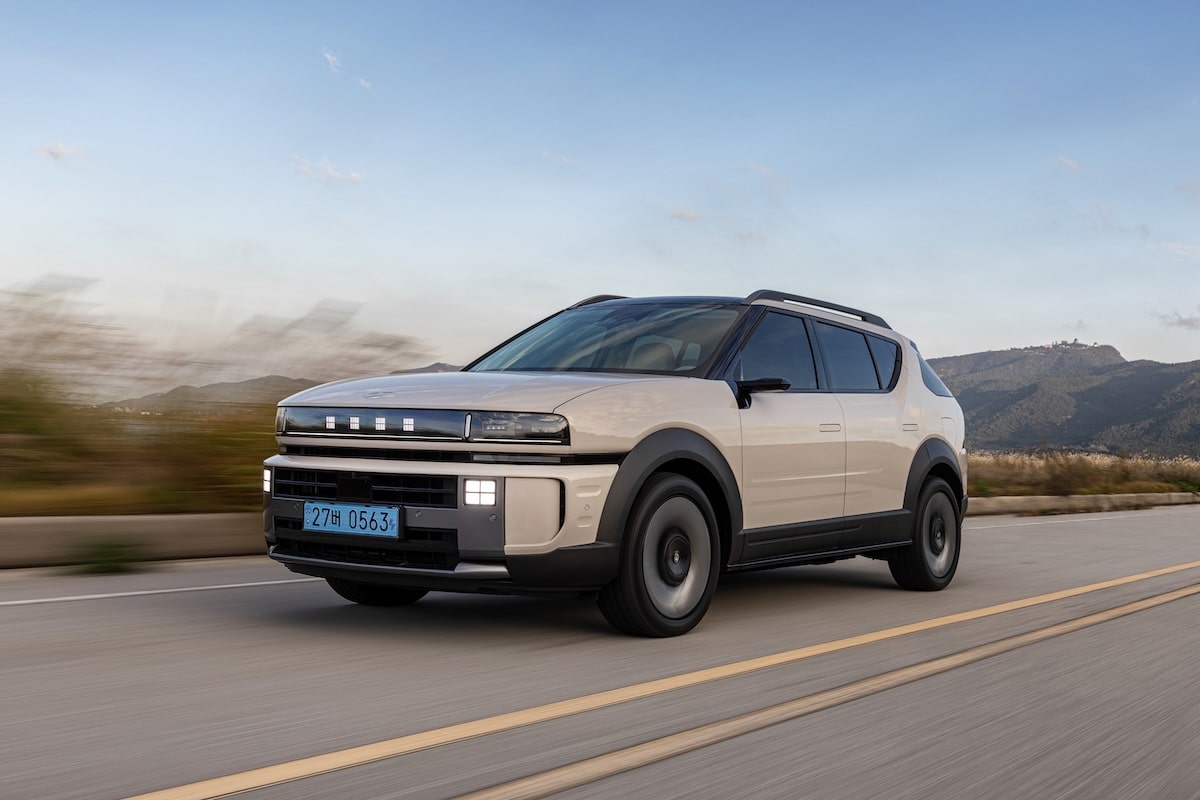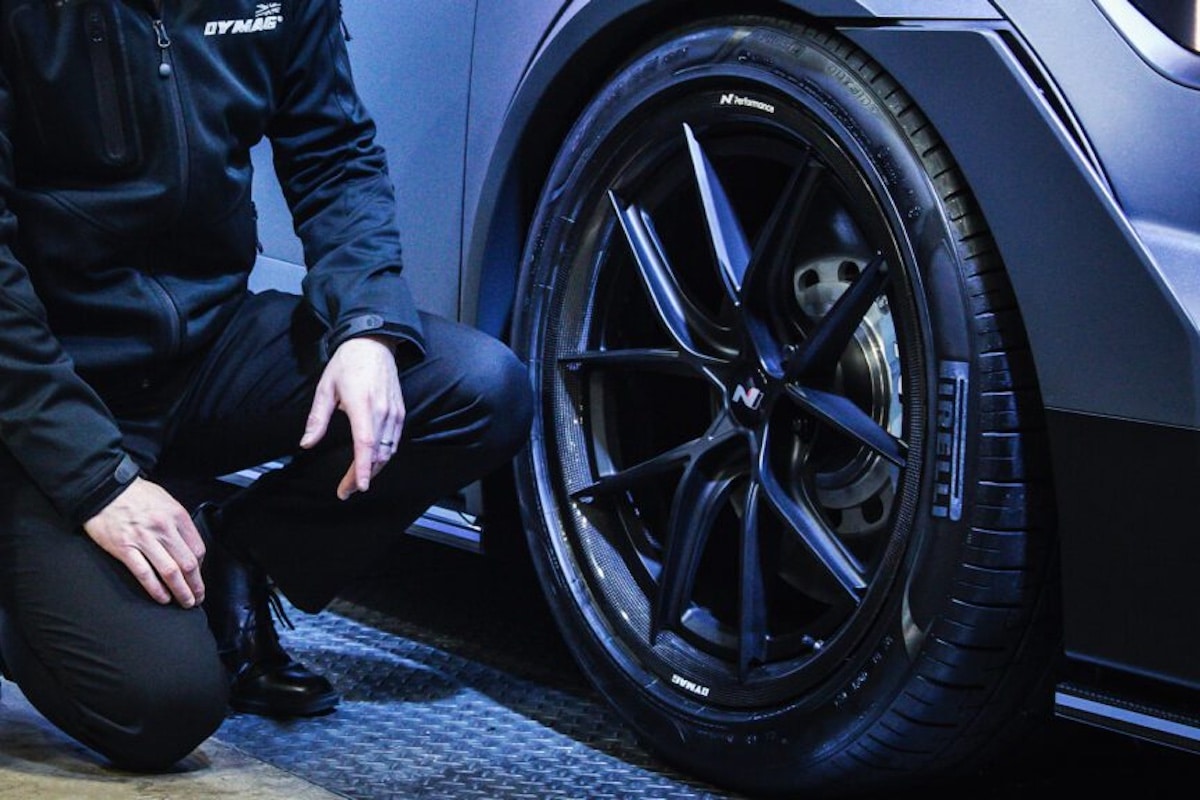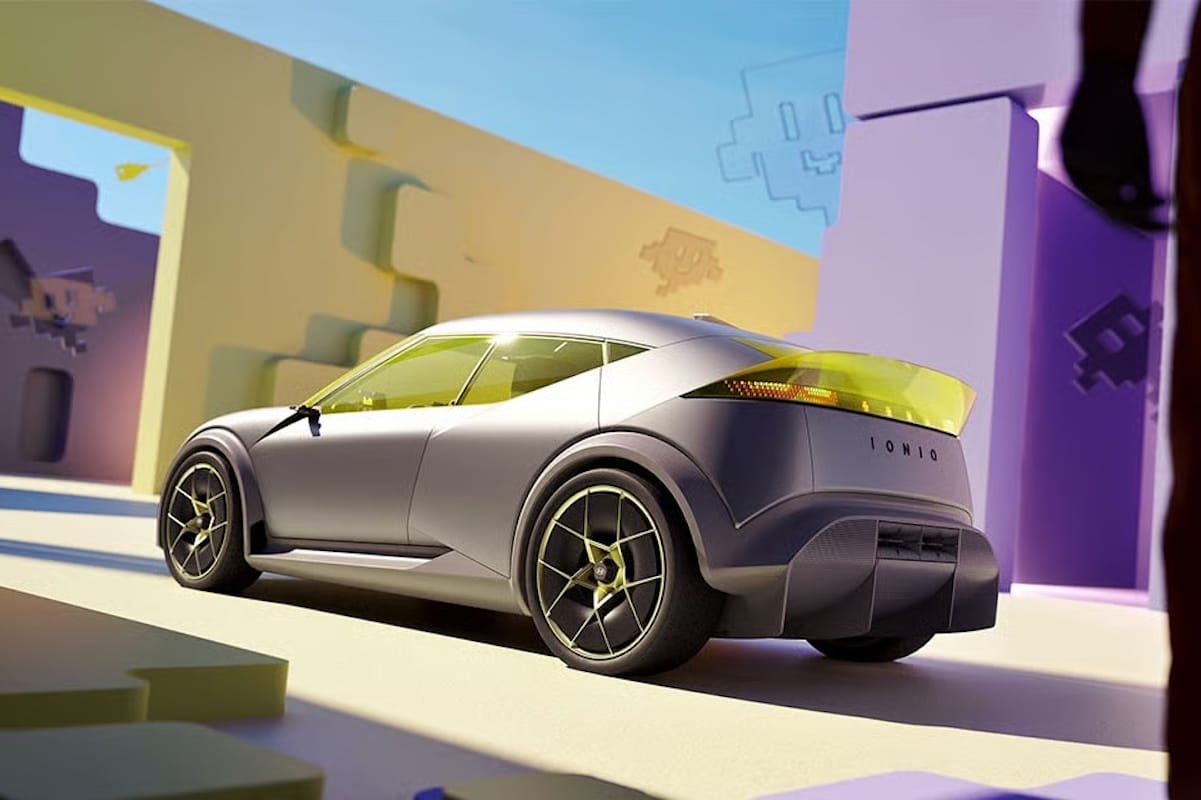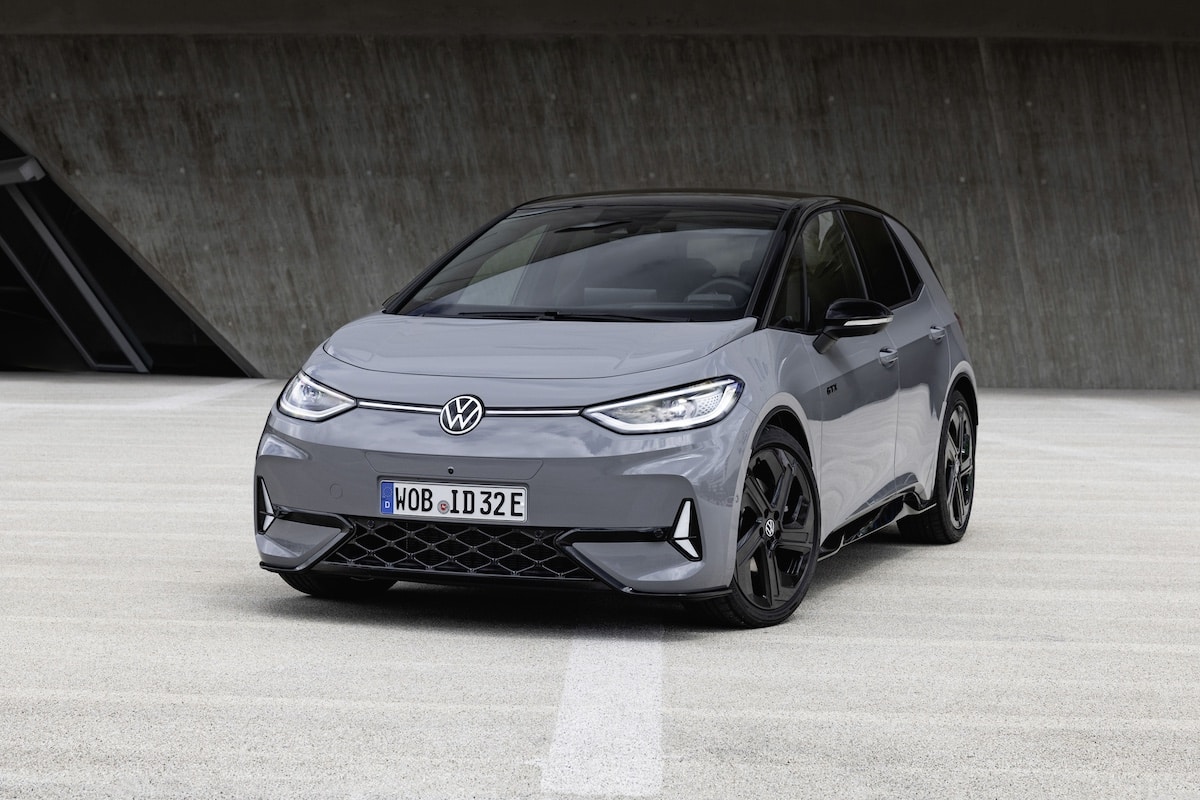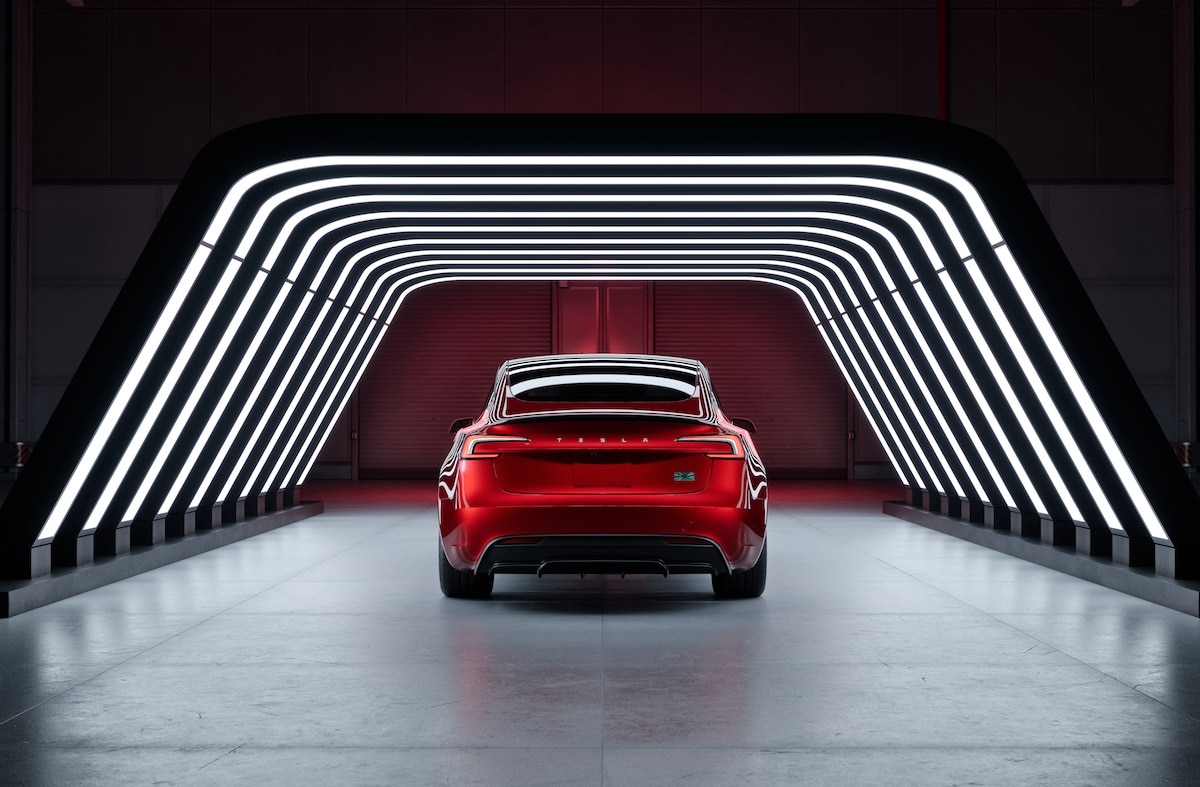modèle: Hyundai i10 / i20 / i30
The “i” range from Hyundai, including the i10, i20, and i30 models, represents a significant part of Hyundai’s offerings in the small and medium car segment. Each of these models has its own story and has played a key role in Hyundai’s overall strategy. Here is an overview of the history of each:
Hyundai i10
1. First Generation (2007-2013):
– The Hyundai i10 was launched in 2007, replacing the Atos in the microcar segment.
– It was designed to offer an affordable and reliable mobility solution, focusing on efficiency and maneuverability in urban environments.
2. Second Generation (2013-Present):
– The second generation, introduced in 2013, brought a more modern design and better specifications, including in terms of safety and comfort.
– The i10 remains popular, especially in Europe, for its practical size and low operating costs.
Hyundai i20
1. First Generation (2008-2014):
– Launched in 2008, the i20 replaced the Getz. It targeted the compact small car segment, offering more space and features than the i10.
– It was well received for its value for money, design, and performance.
2. Second Generation (2014-2020):
– This generation saw a significant update in terms of design and technology, making the car more competitive in its segment.
– The i20 became popular for its comfortable driving, spacious interior, and efficient engine options.
3. Third Generation (2020-Present):
– The latest generation introduces a more dynamic design and advanced technologies, including in connectivity and safety.
Hyundai i30
1. First Generation (2007-2011):
– The Hyundai i30 was launched in 2007, marking an important milestone for Hyundai in the compact car segment.
– It was designed to provide a quality alternative to established European brands, with a good balance of performance, quality, and price.
2. Second Generation (2011-2016):
– The second generation continued to enhance the i30’s reputation with improved design, better performance, and advanced features.
– It was particularly appreciated for its comfortable ride and spacious interior.
3. Third Generation (2017-Present):
– The third generation introduced a more refined design and cutting-edge technologies, including hybrid and electric engine options.
– It contributed to establishing the i30 as a serious option in the compact segment, competing with well-established European brands.
Each of these models in Hyundai’s “i” range has helped establish the brand as a major player in the European and global markets, offering a combination of quality, performance, and value.
No articles found
